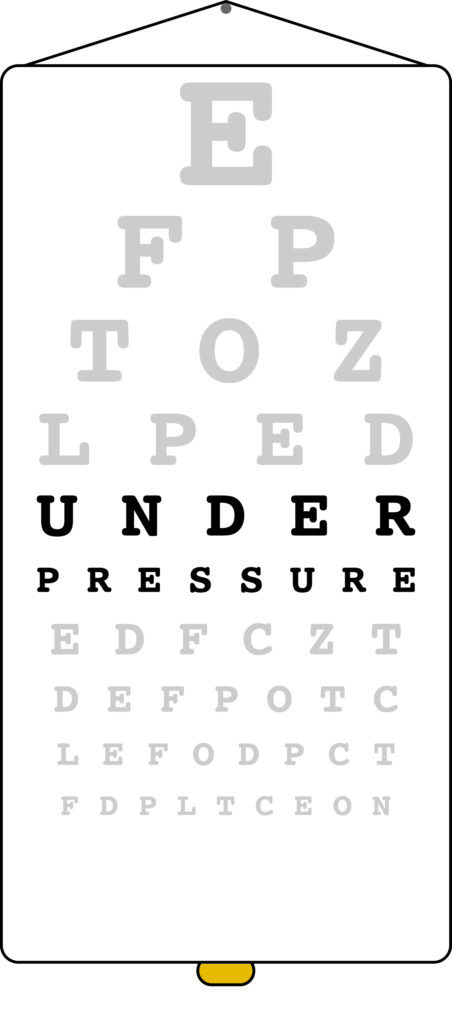January is Glaucoma Awareness Month, which was started to educate patients and the community at large about what glaucoma is and how to recognize the signs and symptoms of this sight-stealing disease.
 Glaucoma is a disease that damages the optic nerve. It frequently causes all or partial vision loss and is most often caused by pressure inside of the eye.
Glaucoma is a disease that damages the optic nerve. It frequently causes all or partial vision loss and is most often caused by pressure inside of the eye.
Michael Morris, M.D., F.A.C.S., an ophthalmologist with OcalaEye, likens the disorder to a clogged sink. “There’s a faucet that makes the fluid, and a drain that drains the fluid. The pressure goes up because the fluid can’t get out.”
According to the Glaucoma Research Foundation, over 3 million Americans are currently diagnosed with glaucoma. That number is only expected to grow as the population continues to age. Those most at risk for glaucoma are the elderly, with African American and Latino patients disproportionately affected.
One of the biggest risks of glaucoma is that there are frequently no symptoms until some, or all, vision has already been lost, although symptoms such as severe pain in the eye and blurry vision do sometimes appear. According to most eye care experts, the best thing an individual can do to prevent glaucoma—and any loss of vision—is to get routine eye exams.
While it is not possible to regain any vision that has been lost already, there are options available to prevent further loss of vision. In most cases, ophthalmologists can decrease the eye pressure and help prevent future degradation of the optic nerve through several methods including prescription eyedrops, medication, laser procedures and eye surgery.
As with any disease, it is important to keep follow-up appointments and heed medical advice. With frequent screening, it is possible to catch glaucoma when a patient is getting worse. When this happens, treatment usually becomes more aggressive.
Mohammed K. ElMallah, M.D., also a practicing ophthalmologist with OcalaEye, sees the most trouble with patients who are diagnosed with glaucoma and then don’t return, often with little or no vision remaining.
“Don’t ignore it,” Dr. ElMallah says. “It [glaucoma] is something that is treatable, not curable. You can control the outcome.”
Start 2020 off right and make a resolution to keep your eyes, and those of your elderly relatives, healthy.
For more information about glaucoma and Glaucoma Awareness Month, please visit www.glaucoma.org






